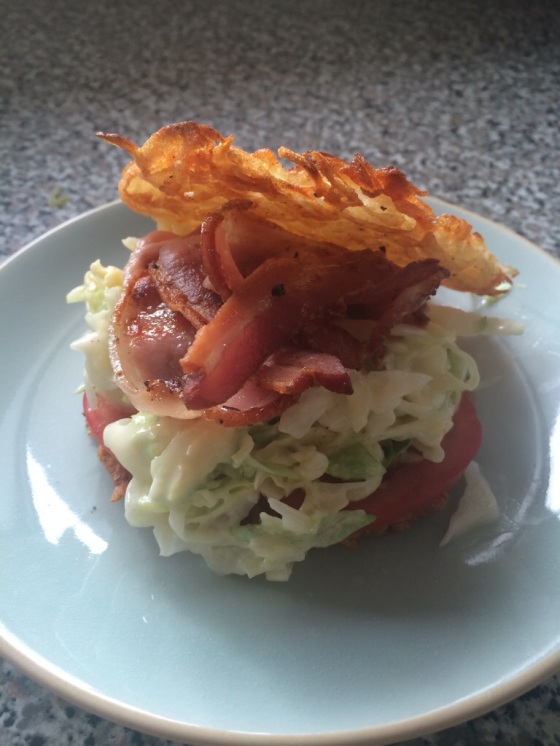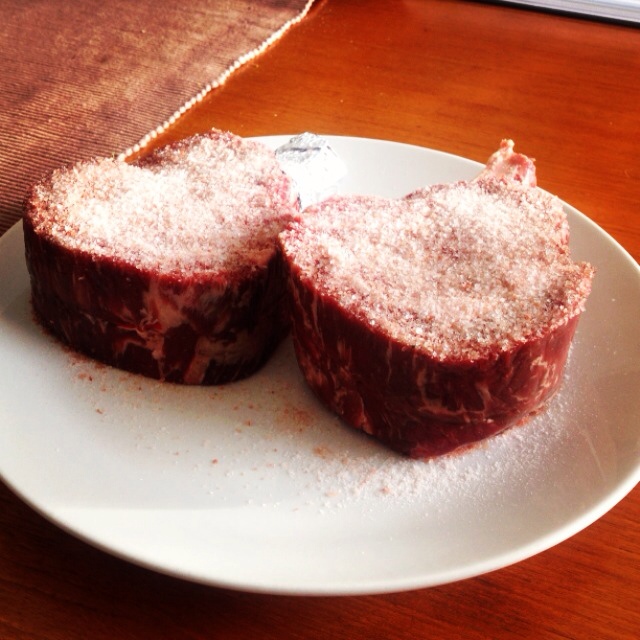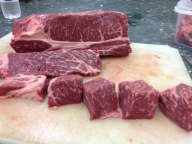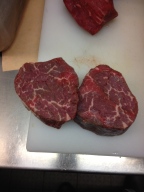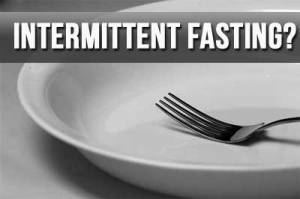Aaaand … we are back.
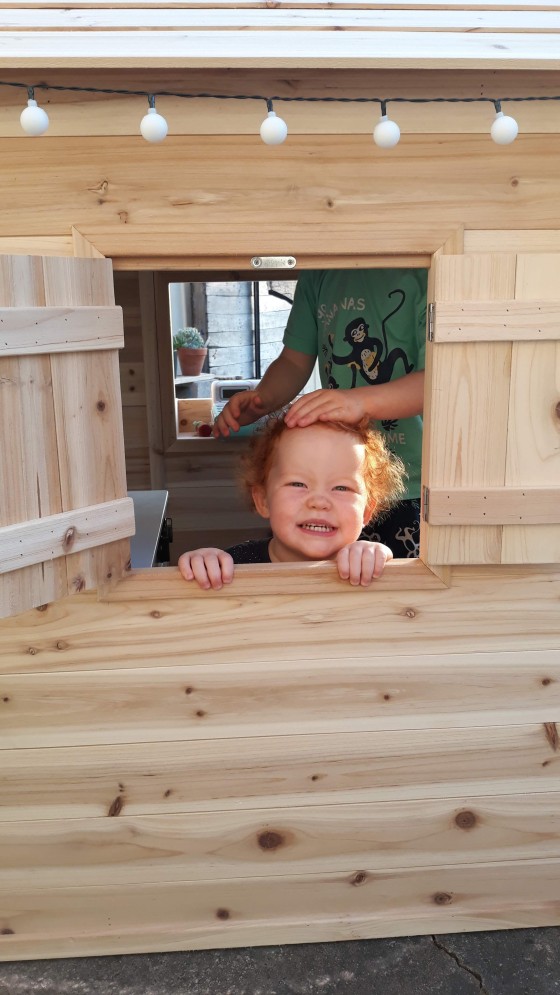
Now our little family is four, adding our daughter Edie to the mix in December 2017. Tyson is still teaching and I am still at home with the kids, working a part-time job in a school library after hours. We still spend a crazy amount of time on food – thinking about it, planning it, shopping for it, cooking it, eating it and cleaning up from it. Unfortunately, the children are not tidy eaters.
Our values remain the same – live simply, eat simply. However, given the current state of our beautiful Earth, we feel the need to make changes in how we do things in our home. Single-use plastic is a plague. Climate change is frightening. The legacy we are leaving is one of destruction and environmental degradation. We have decided that we can no longer continue to do things the way we have always done them if we want our children to be able to live the lives we hope they will live.
We are aiming to dramatically reduce our consumption of resources, especially that of single-use plastics. Our initial goal is to cut our household waste down from one full garbage bin each week to half a garbage bin each week. This might not seem like a big deal, but having two small children means that we will be switching back to reusable nappies and wipes (except overnight), cutting out prepackaged foods as much as possible, and shopping in places that allow us to supply our own reusable containers. This isn’t a big deal when you can shop alone but dragging a two-year-old and a four-year-old to a bulk food store can be a bit of a nightmare. It is important to us though, and modeling these practices to our children is important too.
Thankfully, we have been making positive changes gradually for a long time now. It isn’t as daunting to us when we already have a lot of tools and information that will make achieving our goal much easier.
I’m planning on sharing the changes we are making and the effect it is having on our family. Please note that this will be about progress, not perfection, and that we in no way claim to be zero-waste, low-waste, eco-friendly, green, enviro-warriors or any other label you can think of. We are just a family trying to do the best we can.


